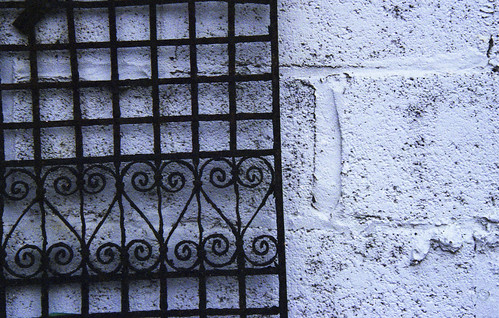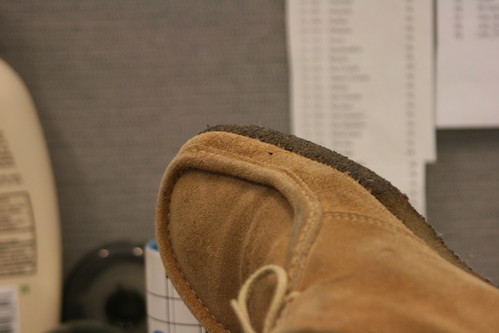Monday, December 29, 2008
Thursday, December 18, 2008
On the "Death Map," Or How to Make an Ugly-Ass Map

If you have been diligently reading online news websites, you have undoubtedly seen a story about the supposed "Death Map."
According to researchers at the University of South Carolina and something called "BioMed Central," the Death Map shows that heat (and cold) is far more likely to kill someone than, say, flooding or an earthquake. Therefore, local and State governments (especially in the East and Mid-West) should focus resources on providing some sort of aid during the summer and winter months. As for the West coast, perhaps it would be more beneficial to understand the effects of extreme weather conditions on the ground (soil erosion, landslides, etc.), than spend billions of dollars on retro-fitting every small town and unincorporated area up and down the Pacific for the possible earthquake that may never (in our lifetime) come.
The problem with the Death Map is the design, however. You'll notice that the United States is divided up into vast regions. These are Environmental Protection Agency regions, arbitrarily designed for administrative purposes, not for monitoring or measuring the work done by it. There is nothing inherently relevant about using this region map for the purposes of defining rates and reasons for death. Consequently, the mostly fertile valleys of California are conflated with the largely vast and arid Southwest.
Another problem with the map is the reasons for death. What does "Severe Weather" mean? How is a "Tornado" or "Winter Weather" not part of "Severe Weather"? And why is "Lightening" so frighteningly likely in the Greater Southeast? The definition of the "Lightening" class must be much more broad for it to appear on the map; or, lightening really is a danger there.
The worst part of the map is the noise produced by the "Other" category. Sure, you have about an 1/8th of a chance to be killed by lightening in Region IV, but beware of the "Other" (almost 50% likelihood of death): death by car, death by robbery, death by cancer, death by old-age, and a whole host of other mundane deaths. Or perhaps not so mundane deaths: death by PCP fiend, death by auto-erotic asphyxiation, death by Hello Kitty fetishist, or death by Sarah Palin-loving racist. The "Other" category minimizes the impact of the other classes, and should have been removed.
According to the news story, the researchers were two South Carolina geographers: Susan Cutter and her student, Kevin Borden. I am surprised. They should have known better.
Or maybe no one cares about my cartographic elitism...
Posted by
ALT - [f r a m e s]
1 comments
![]()

